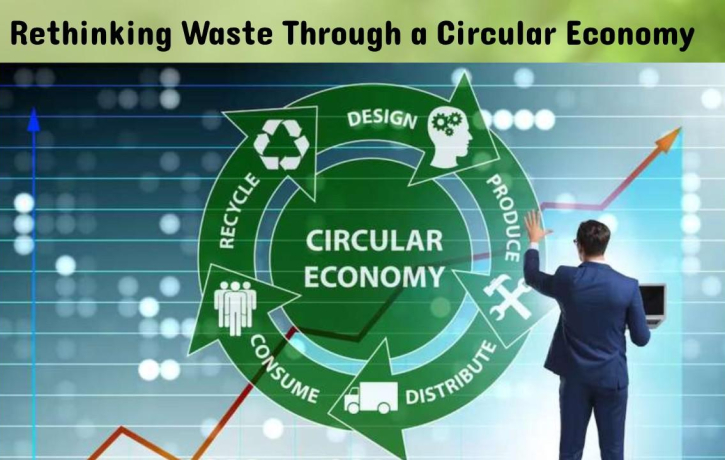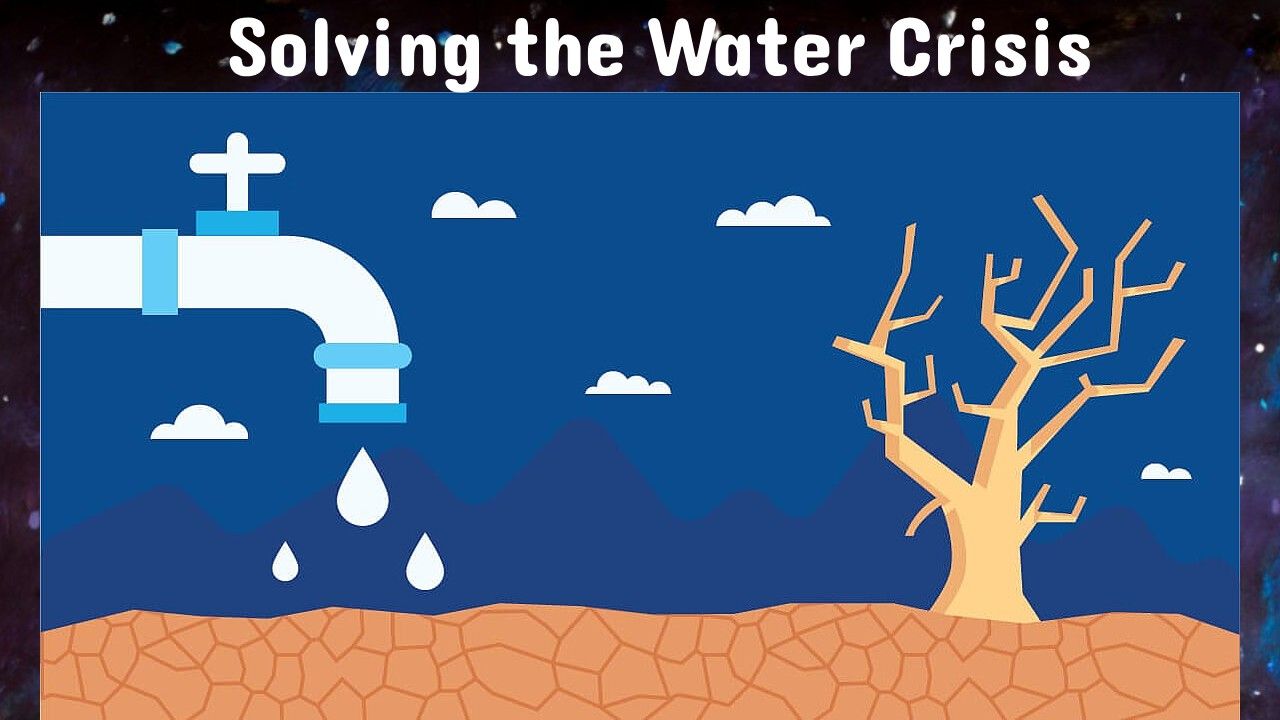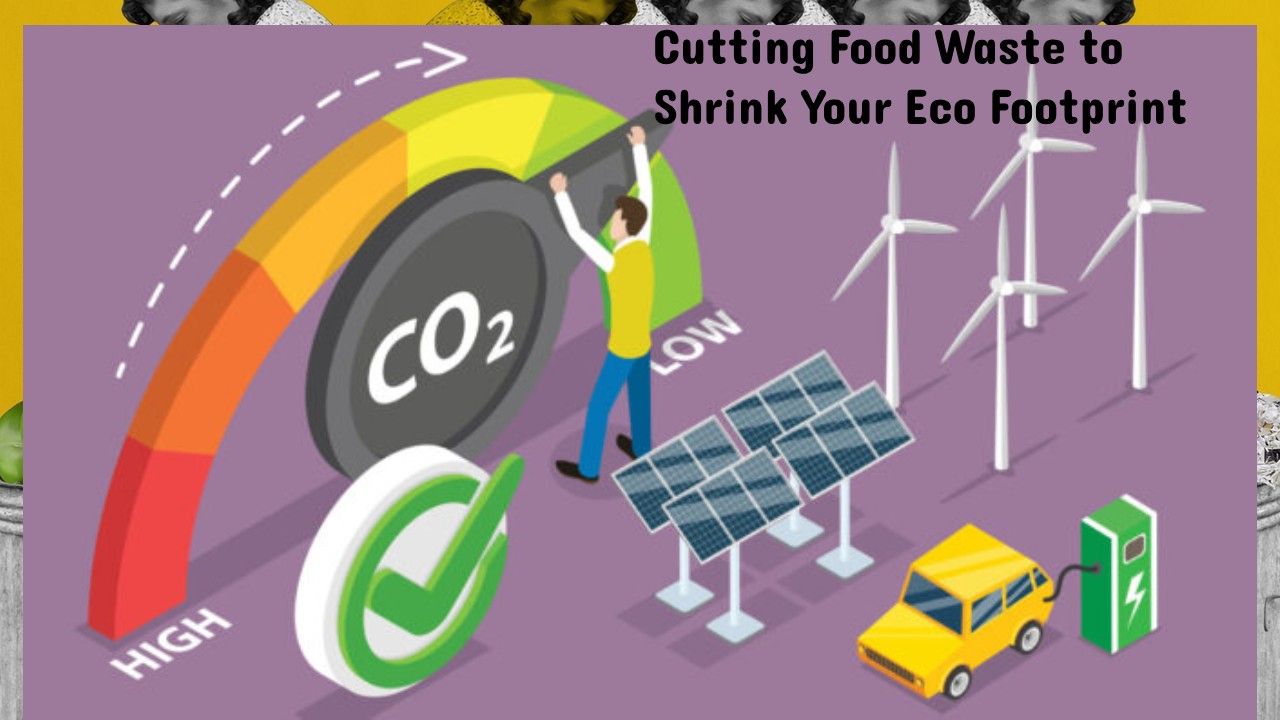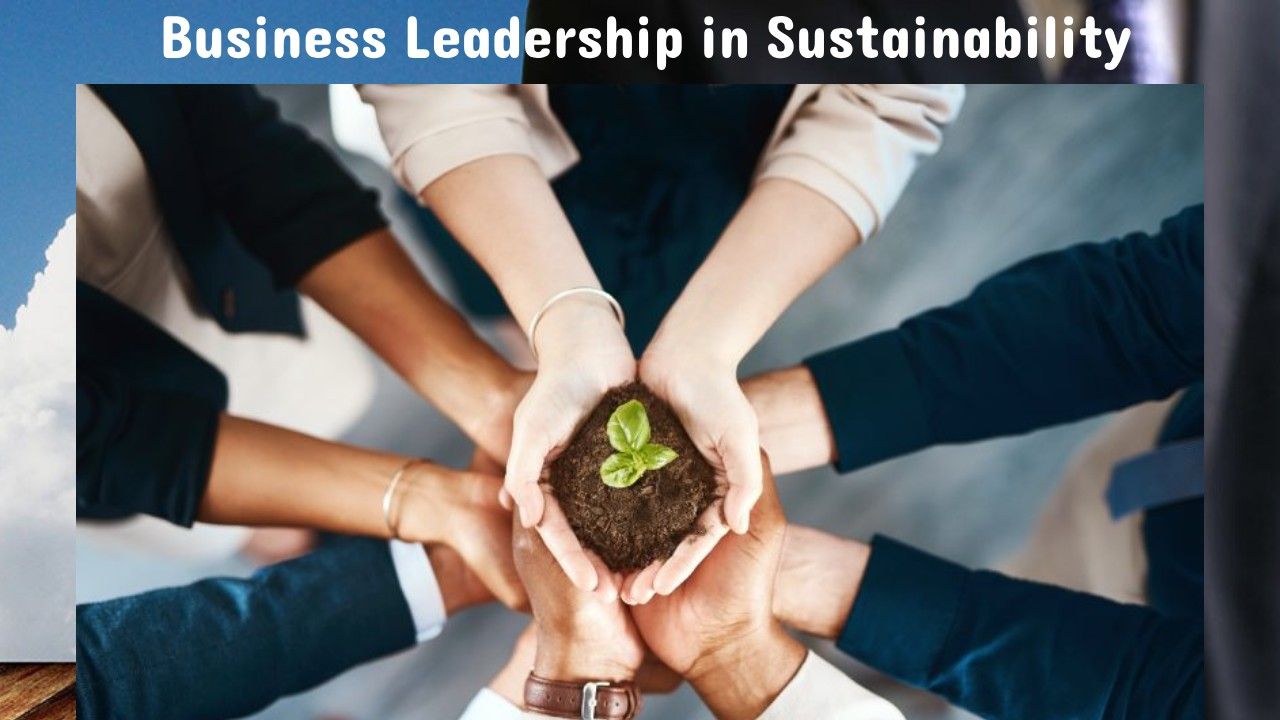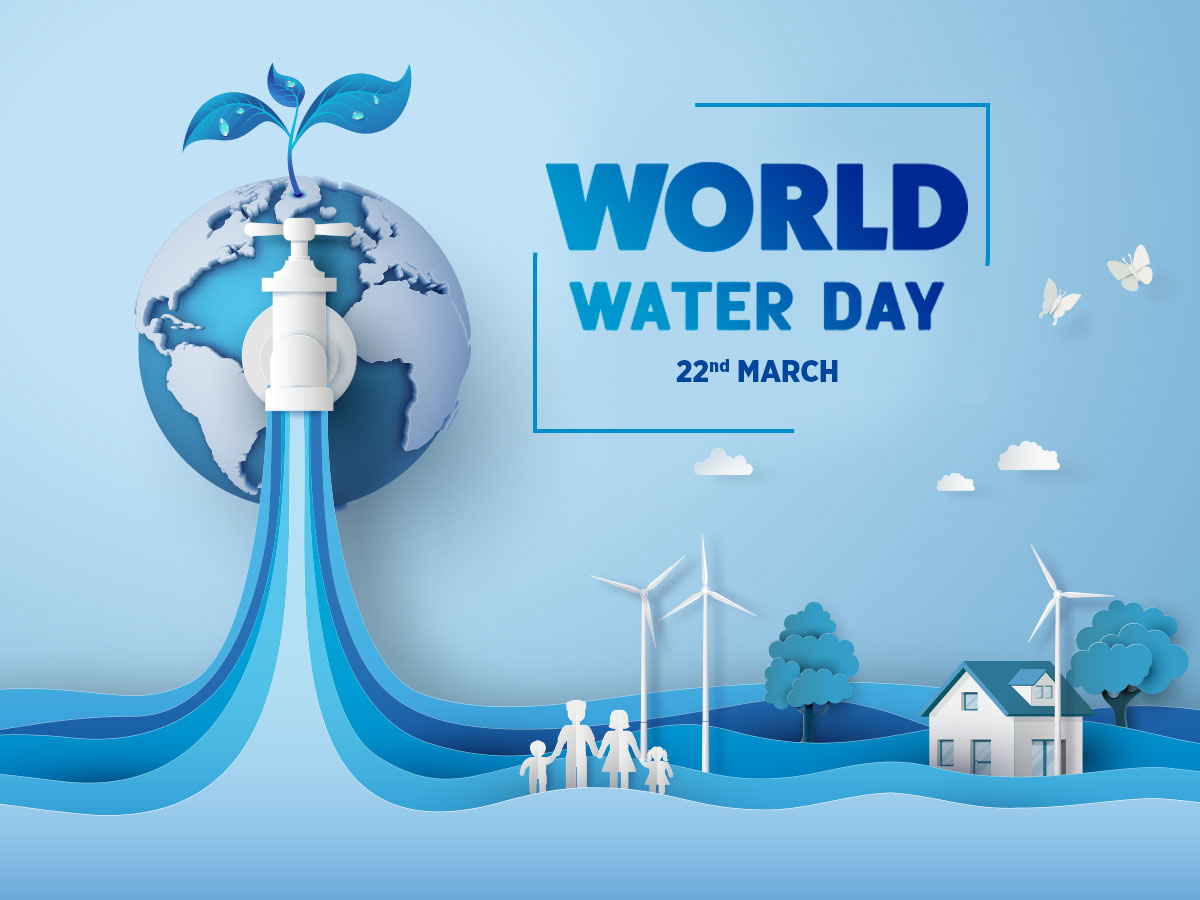Circular Economy: Rethinking Consumption and Waste
Rethinking Waste Through a Circular Economy. In a world facing mounting environmental challenges, the traditional “take, make, dispose” model of consumption is proving unsustainable. The linear economy relies heavily on extracting finite resources, manufacturing products, and then discarding them as waste. This approach not only depletes natural resources but also generates massive amounts of pollution and landfill overflow. Enter the circular economy—a transformative way to rethink how we consume, use, and manage resources that could dramatically reduce waste and environmental impact.
What Is a Circular Economy?
Rethinking Waste Through a Circular Economy is a regenerative system designed to keep products, materials, and resources in use for as long as possible. Instead of throwing things away after use, materials are reused, repaired, refurbished, and recycled. The goal is to create a closed-loop system where waste is minimized and the value of resources is preserved, promoting sustainability and reducing environmental harm.
Why Shift to a Circular Economy?
The current linear model contributes significantly to environmental degradation:
-
Resource Depletion: Many raw materials are finite and becoming harder to extract.
-
Waste Overload: Global waste production is growing rapidly, with only a fraction being recycled.
-
Pollution: Manufacturing and disposal contribute to air, water, and soil pollution.
-
Climate Impact: Extracting, processing, and disposing of resources releases large amounts of greenhouse gases.
By adopting circular economy principles, we can reduce these negative impacts while creating new economic opportunities.
Key Principles of the Circular Economy
-
Design Out Waste and Pollution
Products are designed to be durable, easy to repair, and recyclable, minimizing waste from the start. -
Keep Products and Materials in Use
Extending product lifespans through repair, remanufacturing, and reuse keeps materials circulating longer. -
Regenerate Natural Systems
Circular systems aim not only to reduce harm but to restore and renew ecosystems, such as through regenerative agriculture.
How Does It Work in Practice?
-
Product as a Service: Instead of buying products, consumers lease or share them, encouraging manufacturers to create long-lasting items.
-
Recycling and Upcycling: Materials are processed to be reused in new products, reducing the need for virgin resources.
-
Repair and Refurbishment: Devices and goods are fixed or updated rather than discarded, keeping value intact.
-
Sustainable Packaging: Biodegradable, reusable, or minimal packaging reduces waste streams.
Benefits Beyond the Environment
-
Economic Growth: Circular models can create new jobs in repair, recycling, and sustainable design.
-
Resource Security: Reducing dependence on raw materials stabilizes supply chains.
-
Innovation: Encourages creative solutions in product development and business models.
-
Consumer Savings: Longer-lasting products and shared ownership reduce costs over time.
What Can You Do?
Individuals and businesses alike can contribute to the circular economy:
-
Choose Durable and Repairable Products: Buy items designed to last and can be fixed.
-
Recycle Properly: Follow local guidelines to ensure materials are processed correctly.
-
Support Sharing Platforms: Use rental, leasing, or sharing services for goods you don’t need to own.
-
Reduce Single-Use Items: Opt for reusable alternatives in daily life.
Looking Ahead
Rethinking Waste Through a Circular Economy represents a powerful shift toward sustainability, offering a pathway to reduce waste, conserve resources, and build resilient economies. Governments, businesses, and consumers all have roles to play in accelerating this transition. By rethinking how we consume and manage waste, we can create a future where growth is decoupled from resource use and the planet thrives.

